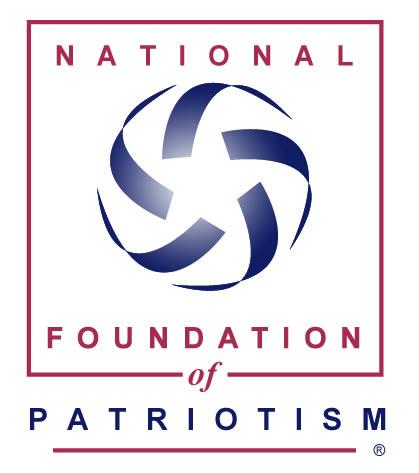Apollo 11: Landing on the Moon
Apollo 11: Landing Americans on the Moon
Like many kids in the 1960’s, I became enamored with Space. I clearly remember learning about the first manned moon launch on a large television with a tiny screen, we watched and listened and wondered what it would mean. We had heard wild stories, and kids made up even wilder stories of what they thought they saw in the sky. Many parents were skeptical of what it would mean, some were even afraid, but only time would reveal the majesty of the universe created by God.
The ongoing evolution of flight parallels the ongoing evolution of a world in discovery of its own origins, and the possibilities of its future.
“That’s one small step for man, one giant leap for mankind” famously quoted by Neil Armstrong as he was the first human to steps foot onto the surface of the moon.
Having travelled 240,000 miles from Earth to the Moon in 76 hours, it’s amazing he had the wherewithal to describe his insight in these terms.
The Apollo 11 spacecraft consisted of the lunar module Eagle and command module Columbia.
Eight years prior to the launch, President John F. Kennedy address to congress, May 25, 1961:
“First, I believe that this nation should commit itself to achieving the goal, before this decade is out, of landing a man on the moon, and returning him safely to earth. No single space project in this period will be more impressive to mankind or more important for the long-range exploration of space; and none will be so difficult or expensive to accomplish.”
A year later, November 21, 1962, President Kennedy addressed NASA administrator, John Webb:
“This is, whether we like it or not, a race. Everything we do ought to be tied into getting to the moon ahead of the Russians.”
Timeline of the Apollo 11 mission
- July 16, 1969 – 9:32am Apollo 11 lifts off from Kennedy Space Center, Florida; Launch Complex 39, Pad A.
- July 20, 1969 – 1:47pm the lunar module Eagle, (Armstrong and Aldrin), separates from the command module Columbia with Collins remaining on board, orbiting the moon.
- 4:18pm with 40 seconds of fuel left, Armstrong finally reports in. “Houston, Tranquility Base here. The eagle has landed.”
- 10:56pm Armstrong makes his famous quote. Aldrin and Armstrong plant American Flag on the moon.
- 11:15pm Aldrin joins Armstrong to read:
- “Here men from planet earth first set foot on the moon, July 1969 AD. We come in peace for all mankind” read by Buzz Aldrin and Neil Armstrong, from a plaque signed by President Richard Nixon and the 3 crew members Neil Armstrong, (Commander) Buzz Aldrin (Lunar Module Pilot) and Michael Collins (Command Module Pilot).
- 11:48pm President Nixon speaks to Armstrong and Aldrin from the Oval Office via radio. The call was televised on both ends and lasted about 2 minutes. Armstrong and Aldrin spend the night onboard the Eagle after spending 2 hours collecting moon rock samples and data.
- July 21, 1969 – 1:54pm the Eagle departs from the moon to rendezvous with Columbia
- 5:35pm the Eagle docks with Columbia. The crew begins its flight back to earth after transferring moon rocks, data and equipment, the Eagle is then jettisoned.
- July 22, 1969 - The Columbia reaches a trajectory toward earth.
- July 24, 1969 - 12:50pm Columbia splashes down in the Pacific Ocean about 900 miles from Hawaii. (8 days, 3 hours and 18 minutes after liftoff) Then the crew went into quarantine aboard the USS Hornet.
- August 10, 1969 - The astronauts are released from quarantine.
I was 9 years old when Apollo 11 landed on the moon, and to this day I’m fascinated by the wonder of the universe and the bravery of the early astronauts. I’m also amazed at the feats of engineering, physics and scientific discovery that enables us to continue to explore the so-called final frontier.
"The heavens declare the glory of God, and the sky above proclaims his handiwork." Psalm 19:91


